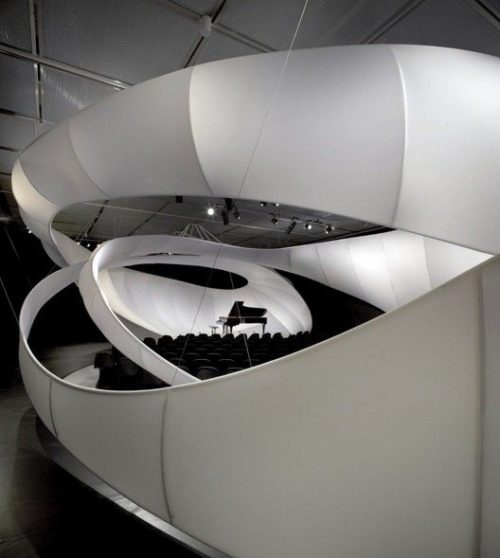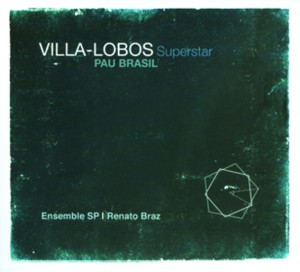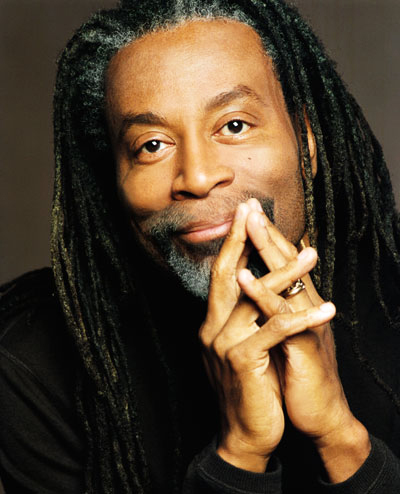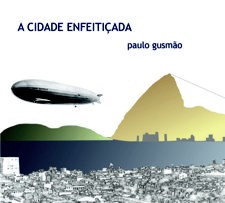Singing the spaces, building the song
Philosophers, historians and theorists have been long trying to establish a connection between music and architecture. Two thousand five hundred years ago, Pythagoras had already conceptualized the mathematical harmony as a cornerstone to explain the entire creation, the existence and operation of the universe. According to the Greek philosopher, the ‘pleasant relation of proportions’ would make all things vibrate in a great universal harmony, just like the notes in a song.
Some of these relationships of proportions established by Pythagoras came to define canonical spatial relations of classical architecture, as well as the predominant musical ‘patterns’ until the Modern Age. In architecture and western music, the beauty of a work was guided by the Pythagorean concept of harmony among its elements for centuries.
This understanding began to be questioned in music, with the emergence of the tonal system, which enabled the exploration of other relations of proportion and intervals, once considered inharmonious and therefore incorrect. Music went from tonality to atonality, until its dissolution and dodecaphony, with creators such as Schoenberg and John Cage. In parallel, social and political changes resulting from the rise of the bourgeoisie in Europe sparked the desire to set the formal rules of classicism free and the search for individual expression and innovation, allowing the emergence of a new architecture – which, by breaking the commitment to symmetry and the relations of proportions previously defined as pleasant (correct), culminated, centuries later, in experiences such as those of Frank Gehry or Daniel Liebeskind. Today, the notion of beauty – whether in music or architecture – is marked by new and diverse concepts.
Each in its own way, music and architecture are aesthetic compositions resulting from the association of different elements, organized and governed by certain principles. Height, length, proportion, alternation, repetition, arrangement, rhythm, intensity, density, texture, contrast, harmony, balance, tension… these are all elements of both musical and architectural creations. The quality of the work as well as its beauty stem from the knowledge, competence and sensitivity of its author in connecting these elements.
If, throughout history, architecture and music reveal parallel paths (and not just with regard to the evolution of knowledge, but also in their relationship with society), they currently seem to be following divergent paths: whereas the quality in a work of architecture is being increasingly perceived and required socially, one does not seem to care that our musical production is increasingly devoid of attributes. Today, we pursue and exalt the quality and beauty of homes, buildings, theaters and arenas, but to discuss the quality and the beauty of the music performed in these spaces is off the agenda.
At some point, our society has ceased to understand music as an aesthetic composition, and simply relegated it to the territory of entertainment. It’s a shame. By dispensing with the quality and beauty in our music production, we are increasingly missing the opportunity to expand our pleasures and the meaning of our existence.




